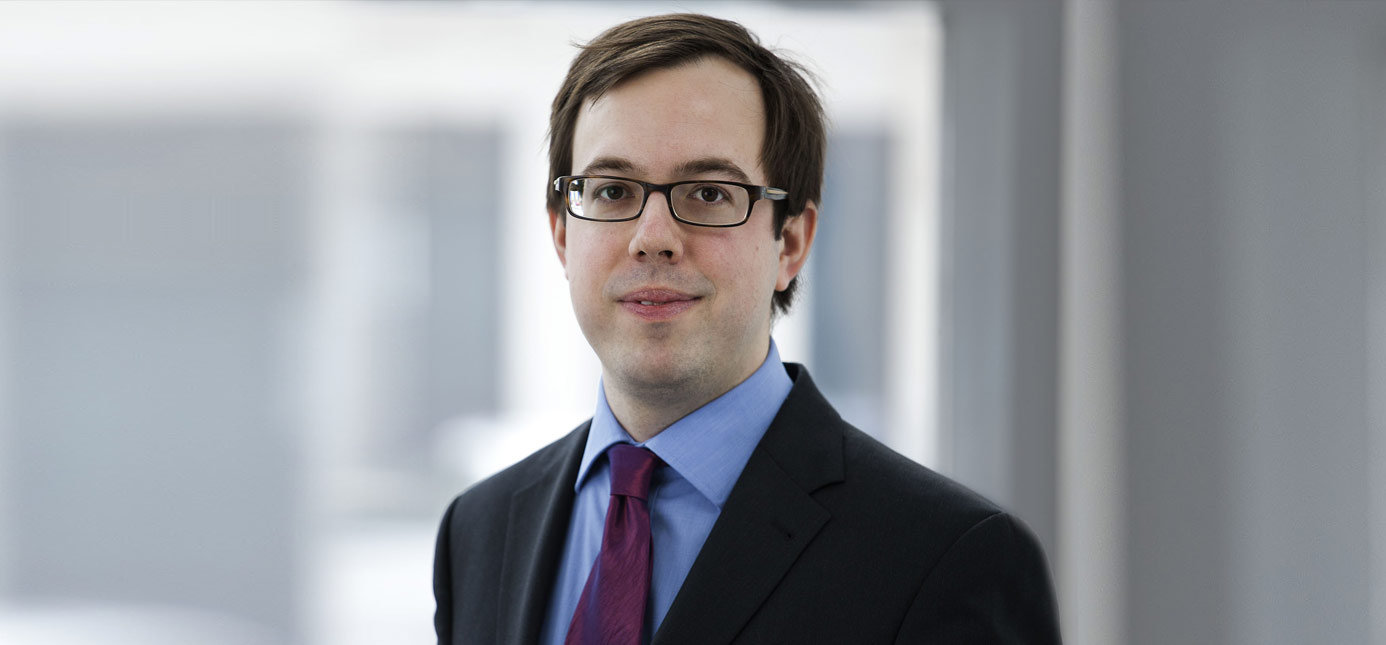Openness is now the rule for big invitations to tender for research
Dr Tom Brown talks about his experience with Open Science

Three key learnings:
- It is increasingly expected that research findings are accessible to all.
- Researchers must cooperate to reach the climate goals.
- All parties benefit from openness and knowledge transfer.
Mr Brown, when and how did Open Science become relevant for you?
TB: Almost ten years ago I switched from research to private business to work as an adviser for an energy company. We carried out studies on energy grid integration for Greenpeace and the World Bank, among others. In essence, these studies looked at how we can feed large amounts of renewable energy into the system so that temporal fluctuations and regional differences can be equalised. Even back then I was extremely bothered that for so many studies about the future of the energy transition there is no information about the assumptions, no way to look at the model code, and no chance to ask questions, although wide-ranging decisions are involved.
For instance, in a Greenpeace study we had reached the conclusion that Germany needs a big transmission line to take wind energy from the North to the load centres in the South. There was a huge debate in the press whether this line was necessary or not. But such debates can only be meaningful if based on comparable assumptions. That is when I realised that we need a fully open system: energy grid data must be just as freely accessible as the model codes who use these data to compute the results.
You then wanted to put this into practice …
TB: Correct, in 2015 I returned to university and at the Frankfurt Institute for Advanced Studies I had an opportunity to build an Open Source system for modelling energy systems. We collected data, for instance about grid lines and regional capacities, and developed a software framework with which to model these data. The resulting toolbox called PyPSA has found many users since then, both in research and in industry. We joined a growing grassroots movement, Open Energy Modelling Initiative or openmod for short, which promotes open approaches to modelling in the energy industry. Thus the idea of building an Open Source ecosystem for energy modelling has become real.
Did this development lead to fundamental changes in research about the energy transition?
TB: Sadly there are still studies from big research institutions that are not open. But this is changing. Five years ago, there was no open research in this field at all, now I guess 30 per cent of it is open. And my hope is that soon journals and funders will no longer support anything that is not open. The EU funding programme Horizon Europe for instance generally demands openness in its big invitations to tender. It is expected more and more that the findings of publicly-funded research are accessible to all.
What is your personal motivation to get involved?
TB: Of course I could just publish papers in the classic way, but this would not really advance the energy transition. We have barely 30 years to reduce greenhouse gas emissions to zero. We cannot do this if we hide all tools behind closed doors. We must cooperate. We must distribute the work. It is complete nonsense that hundreds of research institutes in Germany work on the same problems without exchanging data and codes. It is a waste of knowledge and also of research funding.
You mentioned the openmod initiative. What exactly is it?
TB: The openmod platform is basically a meeting point for researchers who support open ideas in energy research. The platform was founded in Berlin in 2014 and I joined in 2015. It’s very simply organised, there’s a mailing list, a wiki, an online discussion forum and regular workshops where we set up small working groups for different topics. Over time an international network has developed that benefits us all. In addition it creates good visibility because our models are accessible to the public. Many smaller universities and research institutions, who cannot develop their own models because they lack the resources, take our models and use them as a basis for their work. This also enables them to enter the debate. In turn, we profit from their amendments to the models and their hints for improving them. The same goes for companies. TransnetBW, which operates transmission lines, has built on our databasis and software to see how the grid must be modified until 2050 to achieve the climate goals. A research institute in India has used our framework to find out how existing coal-fired power plants can be combined with renewable energy. Thanks to our software they could save a lot of time and money. There is comparable commercial software, but it is expensive. Another important factor for the Indian researchers was that Open Source software can be adapted well to your own requirements.
What’s your general attitude towards knowledge transfer?
TB: Knowledge transfer is very important in the area of Open Source. In my opinion, Germany is apioneer in energy transition and the methods we develop here should also be available to other countries. They also have a lot of useful experience to offer, and if you work with open approaches it drives knowledge transfer in both directions.
The interview was conducted on January 27, 2021.
About Dr Tom Brown
Dr Tom Brown is a physicist and leads the Helmholtz Young Investigator Group “Energy System Modelling” at the Institute for Automation and Applied Informatics at the Karlsruhe Institute of tTchnology. Previously he worked as a postdoc at the Frankfurt Institute for Advanced Studies and before that at Energynautics GmbH, a private research and consultancy firm for the integration of renewable energies into energy grids. He is a member of the Open Energy Modelling Initiative openmod, which aims to promote open and transparent energy modelling.
Contact: https://nworbmot.org
ORCID-ID: https://orcid.org/0000-0001-5898-1911
Google-Scholar: https://scholar.google.com/citations?user=fnXVODAAAAAJ
Twitter: https://twitter.com/nworbmot
